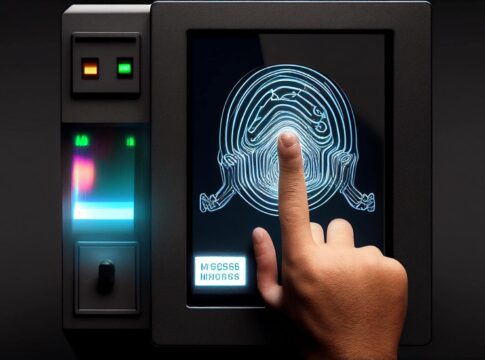Digital wallets and mobile payments have indeed revolutionized the way we make payments, offering convenience, security, and speed. Here’s how digital wallets and mobile payments have evolved and transformed the payments technology landscape:
Mobile Wallets: Mobile wallets are applications on smartphones that securely store payment card information and enable users to make purchases using their mobile devices. Users can add their debit or credit card details to the mobile wallet and use it to make contactless payments in physical stores or online. Examples of popular mobile wallets include Apple Pay, Google Pay, Samsung Pay, and PayPal.
Contactless Payments: Mobile wallets facilitate contactless payments, which have gained significant popularity. Contactless payments use near field communication (NFC) technology to enable secure and quick transactions by simply tapping or waving the mobile device near a contactless-enabled payment terminal. This eliminates the need to carry physical cards or cash and speeds up the payment process.
Peer-to-Peer Payments: Digital wallets have also enabled seamless peer-to-peer (P2P) payments. Users can transfer funds directly to friends, family, or acquaintances using their mobile wallets, eliminating the need for cash or traditional bank transfers. P2P payment apps such as Venmo, Zelle, and Cash App have gained widespread adoption for their convenience in splitting bills, sharing expenses, and sending money instantly.
In-App and Online Payments: Digital wallets have simplified the checkout process for online and in-app purchases. Users can securely store their payment information in their mobile wallets and make purchases with just a few taps, eliminating the need to manually enter card details for each transaction. This streamlines the payment experience, reduces friction, and enhances conversion rates for e-commerce businesses.
Loyalty and Rewards Integration: Many digital wallets integrate loyalty programs and rewards, allowing users to collect and redeem points or discounts directly through their mobile devices. This integration eliminates the need for physical loyalty cards and simplifies the redemption process, making it more convenient for users to engage with loyalty programs.
Enhanced Security: Digital wallets prioritize security through various measures. They use tokenization, which replaces sensitive card information with unique tokens, reducing the risk of card data theft. Biometric authentication methods such as fingerprint or facial recognition add an extra layer of security to authorize transactions. Additionally, mobile wallets offer the ability to remotely disable or lock the wallet in case of loss or theft, ensuring the safety of funds and personal information.
with Additional Services: Digital wallets are expanding beyond payments, integrating additional services to enhance user experiences. For example, some mobile wallets offer budgeting and expense tracking features, allowing users to monitor their spending habits and manage their finances. Integration with transportation services enables users to make contactless payments for public transit or ride-hailing services.
The ongoing advancement in digital wallet technology, coupled with increased adoption and acceptance by merchants, is driving the transformation of payment methods. As more consumers embrace the convenience and security of mobile payments, the adoption of digital wallets is expected to continue growing, shaping the future of payment technology.








